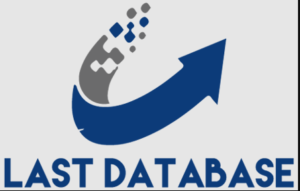The world is changing when it comes to data. Privacy and security are now top priorities for consumers and many are becoming more reluctant to share their information with brands and businesses. Cisco’s ‘building consumer confidence through transparency and control’ 2021 report found that nearly half of consumers feel unable to protect their data. With 76 percent citing the main reason as “it’s too hard to figure out what companies are doing with my data”. Couple with the upcoming demise of third-party cookies in 2024. Marketers nee new ways to gather data that are both reliable and adhere to privacy regulations. The solution? Zero-party data: a lifeline for businesses across sectors.
zero-party data is data
zero-party data is data that a customer intentionally and proactively shares with a brand. It’s a layer up from the other types of data that we’re use to where the customer is actively involve and knowingly sharing data with a brand.” this way of collecting data means that any information is given willingly and is reliable. It is not invasive or covert and enables consumers to control their data in a more transparent way. increasingly new data demanding customer environment (with a focus on CX) and ecommerce driven landscape. So in this increasingly digitize world. what are the greatest challenges for marketers and the leaders that manage them? What are the greatest challenges for the marketing sector? Digital marketing at its best uses every online and offline channel available to attract and engage consumers. But as budgets get tighter and senior management demands data to make informe business decisions. this poses challenges for CMOs and other senior marketers.
In this blog
And a better way to connect with prospects and customers. In this blog. We will cover: what is zero-party data? What are examples of zero-party data? Why is zero-party data important how do you collect zero-party data? How to create a zero-party data strategy examples of zero-party data what is zero-party data? What’s the definition of zero-party data? Digital strategy consultant. Author. And trainer clark boyd defines it as digital Mailing Lead to marketers. it’s become easier to measure a Return on Investment (ROI) on activities. But that also poses a challenge as 20 percent of senior marketers rate delivering a greater ROI on their marketing budget as the number one issue they face. ROI is crucial as it demonstrates the value of marketing activities and can help CMOs assess the effectiveness of every campaign.







